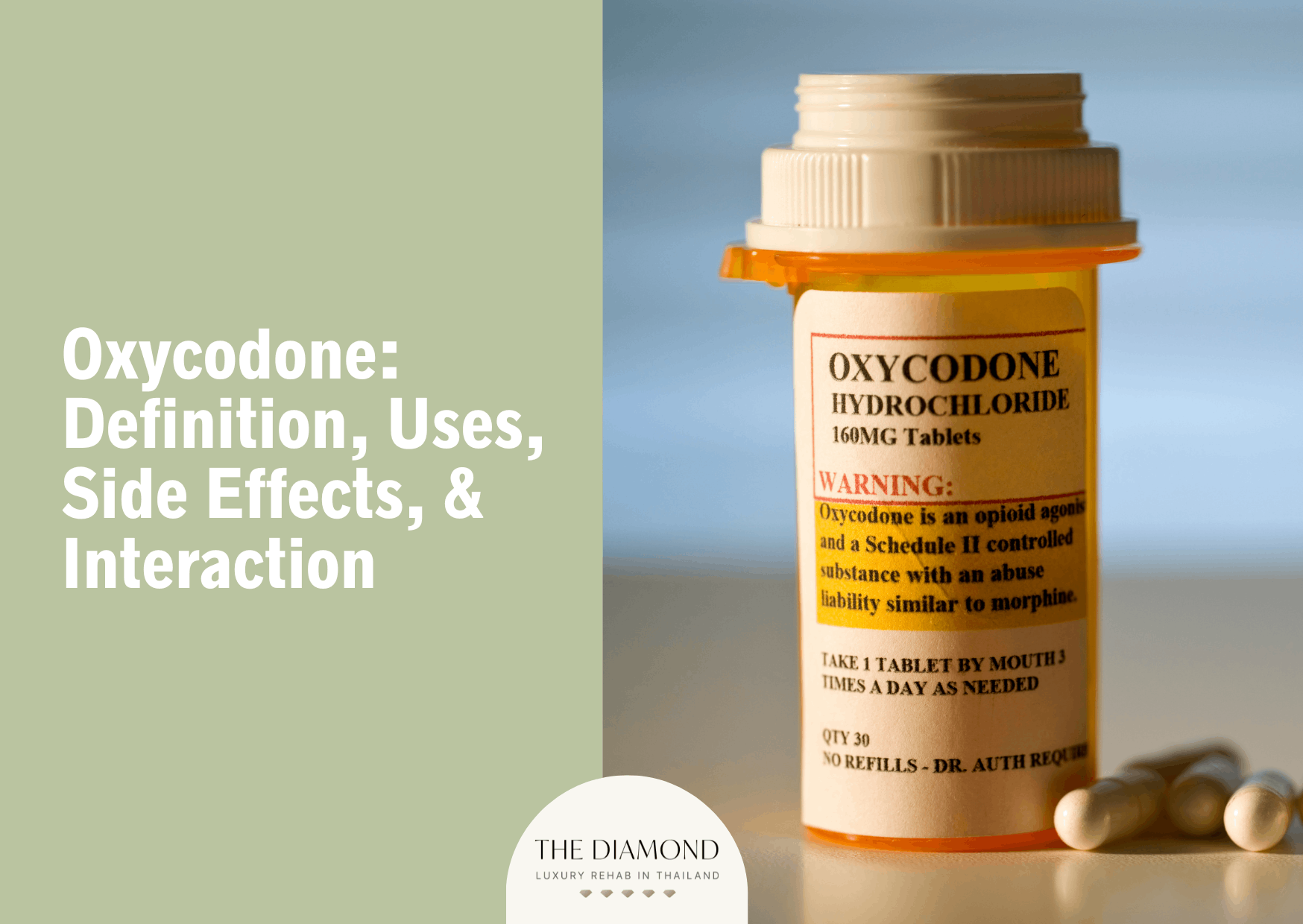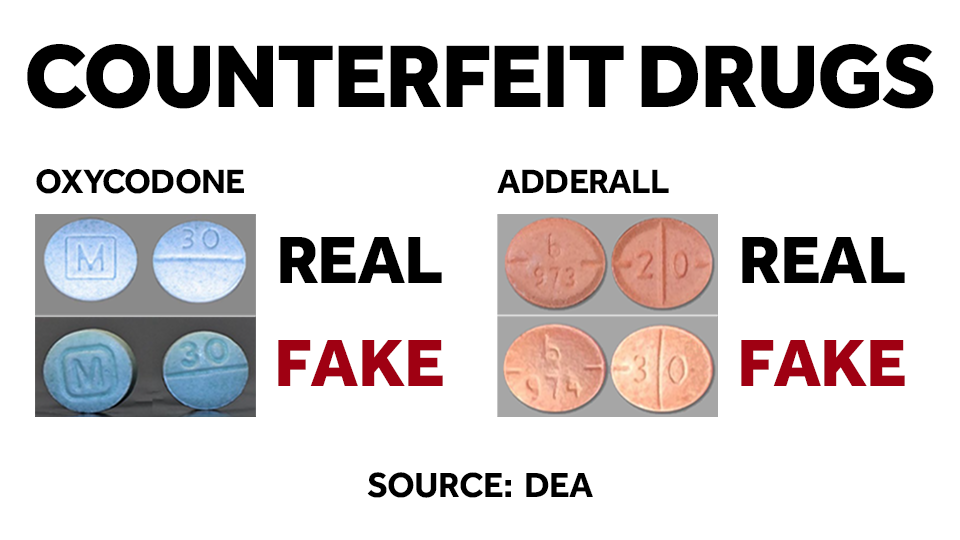The Total Overview to Buying Oxycodone Online Responsibly
Recognizing the Various Kinds Of Oxycodone Formulations Available on the market
In the realm of pain management, oxycodone stands as a potent analgesic with various formulas tailored to details demands. Comprehending the nuances in between immediate-release, extended-release, controlled-release, combination, and abuse-deterrent formulations is paramount for doctor and clients alike. Each variant offers an one-of-a-kind collection of considerations and benefits, affecting treatment efficiency and security profiles. By delving right into the unique characteristics of these oxycodone formulations, a more clear photo arises regarding their suitability for various scientific situations.
Immediate-Release Oxycodone
Immediate-release oxycodone is a commonly prescribed opioid drug usually utilized to take care of sharp pain. It belongs to a course of medications understood as opioid anesthetics, which work by binding to opioid receptors in the mind and spinal cable, decreasing the understanding of discomfort. This formula of oxycodone is designed to offer rapid discomfort alleviation, typically within 15 to half an hour of consumption, with peak effects taking place within 1 to 2 hours.
Doctor might prescribe immediate-release oxycodone for problems such as post-operative discomfort, injuries, or various other temporary uncomfortable problems. It is vital for clients to follow their doctor's directions very carefully when taking immediate-release oxycodone to lessen the danger of side effects and problems.

Extended-Release Oxycodone
Given the requirement for longer-lasting discomfort management services in specific instances, Extended-Release Oxycodone uses a sustained-release formula of the medicine for extensive relief. This formulation is designed to gradually launch oxycodone into the blood stream over a prolonged duration, commonly giving relief for approximately 12 hours per dosage. Extended-Release Oxycodone is commonly recommended for people calling for 24/7 discomfort monitoring who can not accomplish sufficient alleviation with immediate-release formulas alone.
One of the key benefits of Extended-Release Oxycodone is its capability to maintain stable medication levels in the body, decreasing the frequency of dosing compared to immediate-release formulations. This prolonged dosing period can result in boosted ease for patients and potentially much better pain control by lessening fluctuations in medicine focus.
It is essential to keep in mind that Extended-Release Oxycodone carries a high threat of addiction, misuse, and misuse, highlighting the value of strict adherence to the recommended dosing regimen and close surveillance by medical care providers. Individuals ought to only utilize this formulation under the advice of a healthcare specialist to reduce the risk of unfavorable impacts.
Controlled-Release Oxycodone
Exactly How does Controlled-Release Oxycodone differ from Extended-Release formulas in discomfort management approaches?

Compared to Extended-Release formulations, Controlled-Release Oxycodone might provide a much more accurate and foreseeable launch of the medicine. This can be helpful for patients needing consistent discomfort administration without the changes that may take place with various other formulations. Furthermore, Controlled-Release Oxycodone might be chosen in situations where a more progressive and regulated launch of the medicine is desired to take care of chronic pain problems properly.
Oxycodone Combination Formulations
Oxycodone Mix Formulas incorporate oxycodone with various other active ingredients to enhance pain administration efficacy. By combining oxycodone with materials such as acetaminophen or pain killers, these solutions aim to provide a synergistic impact in easing discomfort (Buy Oxycodone online). Acetaminophen, for instance, can complement oxycodone's analgesic residential properties by targeting various pain paths, potentially resulting in boosted discomfort alleviation
One common oxycodone combination solution is Percocet, which mixes oxycodone with acetaminophen. This mix is commonly suggested for modest to serious pain administration. An additional well-known formula is Endocet, which also incorporates oxycodone with acetaminophen, offering comparable advantages suffering control.
The addition of other energetic ingredients in oxycodone mix formulations can also help in reducing the general opioid dose required for effective discomfort relief, potentially lessening the danger of negative effects connected with greater opioid dosages. It is critical for health care companies to very carefully evaluate each individual's requirements and clinical background prior to suggesting oxycodone mix formulas to make sure efficient and secure pain monitoring.
Abuse-Deterrent Oxycodone
Abuse-deterrent formulas of oxycodone have been developed to assist minimize the dangers related to opioid abuse and misuse. These formulations are designed to make it more difficult to meddle with the drug for the objective of misuse. They integrate certain modern technologies that deter typical techniques of abuse, such as squashing the tablets for infusing or grunting. By making it harder to alter the drug's original form, abuse-deterrent oxycodone aims to minimize the probability of misuse and dependency.
One usual technique used in abuse-deterrent solutions is the addition of physical barriers that stop the tablets from being squashed or liquified easily. Some formulas likewise consist of materials here are the findings that generate an unpleasant effect if the medication is meddled with, additionally discouraging abuse. While these solutions are not foolproof and can not completely get rid of the danger of misuse, they stand for a step forward in attending to the opioid epidemic by making it more challenging for people to misuse oxycodone.
Final Thought
To conclude, it is important for healthcare specialists to understand the different kinds of oxycodone formulas readily available on the market. Immediate-release, extended-release, controlled-release, combination solutions, and abuse-deterrent oxycodone each have their very own distinct features and indications. By being well-informed regarding these formulas, health care carriers can make educated decisions when recommending oxycodone to individuals, thinking about variables such as pain management needs, prospective for abuse, and individual person danger aspects.
Extended-Release Oxycodone is Bonuses commonly recommended for people requiring around-the-clock discomfort management that can not attain adequate alleviation with immediate-release solutions alone. - Buy Oxycodone online
